A local writer explains! India: ‘Behind the dramatic decline in coronary infections’
Second wave” with more than 4,000 deaths per day…now down to one-tenth
The spread of the new coronavirus, especially in India, was widely reported in the world and Japan in May this year, with a large number of new infections and deaths occurring every day. At the time of the “second wave” in India, the number of new infections per day was over 400,000, and the number of deaths per day exceeded 4,000. Incidentally, India has a population of 1.36 billion, more than ten times that of Japan.
Since then, the number of new infections has continued to decline, and is now averaging 30,000 to 40,000 per day. The number of new infections has been declining since then, now averaging 30,000 to 40,000 a day, and has recently increased again, but the number has decreased to about one-tenth of its peak. While the “delta strain,” a mutation that spread from India, is still raging around the world and the spread of infection is unstoppable, India is not experiencing the explosion of infection that it used to. Some reports suggest that the Indian people may have developed herd immunity.
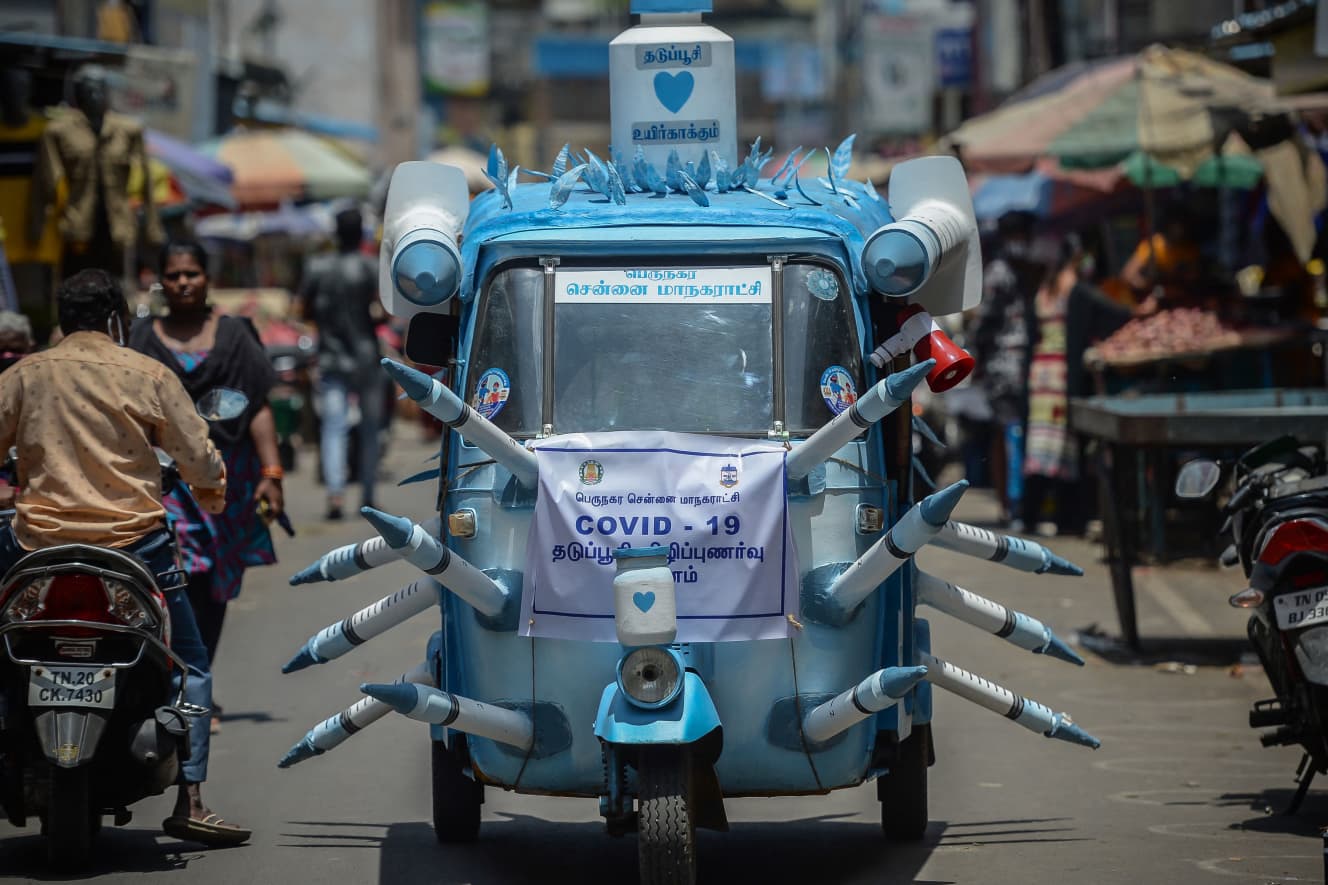
Vaccination is underway at the rate of 10 million doses per day. More than 60% of unvaccinated people are reported to have antibodies.
What has happened in India to bring about such a dramatic improvement from the worst infection situation in the blink of an eye?
One of the reasons is undoubtedly the increase in vaccination. According to “Our World in Data,” as of early September, the number of vaccinations was about 724 million, with about 550 million people receiving only one dose, and about 171 million people receiving the required number of vaccinations. Considering that India has a population of 1.3 billion, of which 1.1 billion are adults, only about 40% have been vaccinated only once, and only over 10% of them have been vaccinated completely. Nevertheless, vaccination has been actively promoted since the time of the infection explosion, and the Indian Ministry of Health announced in late August that the number of vaccinations per day has exceeded 10 million doses, and is proceeding at a rapid pace.

As for herd immunity, the Indian Council of Medical Research (ICMR) announced in July that more than 60% of the unvaccinated population had antibodies to the new corona in an antibody survey of about 30,000 people, Indian media reported. If the number of people who have been vaccinated is taken into account, the percentage will increase further. Although it is difficult to say for sure, some experts point out that the fact that the number of people have been infected and the effectiveness of the vaccine is one of the reasons why the infection is under control.
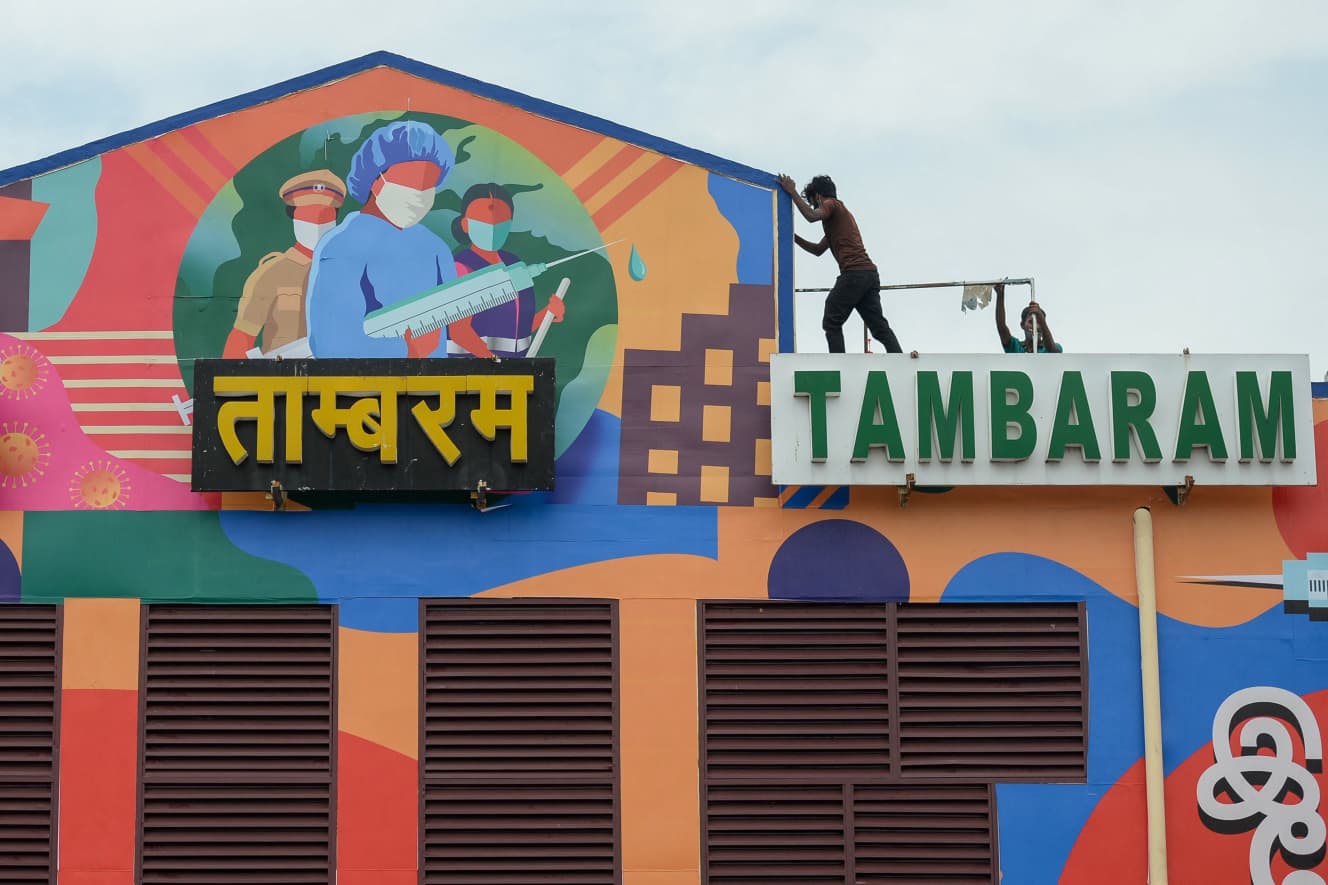
Public and Private Sector’s “Speedy” Response to Reduce Infection Explosion from its Peak
We asked Miho Sakata-Maruhan, a writer and NGO leader who has lived in India for 16 years and continues to provide information on India, including the new coronas, from Bangalore, India, about what she felt and what happened to her while living in India over the past few months.
She said, “When the lockdown was implemented in late March last year, there was a noticeable ‘country-wide’ measure under the order of Prime Minister Modi. But when the first wave arrived in the middle of last year However, by the time the first wave arrived in the middle of last year, substantive guidelines began to be issued by state governments one after another, as the infection situation in each state was different.
During the second wave, when the number of infected people exploded, there was no time to wait for the state government to respond. Within a few days, volunteers from neighboring communities and various religious and charitable organizations began to provide support in various places. They began to deliver free freshly prepared home cooked meals to the families of the infected and distribute food items. ……
Not only the local government, but also private companies and charitable organizations have collaborated with medical professionals to set up care centers for the infected and vaccination sites one after another. By nature, India is a country where people live by helping each other. These proactive activities by the private sector have also saved many lives,” said Miho Sakata-Maruhan.

Aarogya Setu (meaning “bridge to health care” in Hindi), an app for the new coronas developed in about three weeks and released in April last year by the Indian government in 12 languages, allows users to instantly check the infection status of each city and state from their current location. More than 100 million people installed the app in 40 days, and now more than 200 million people are using it.
Mr. Sakata recalls that during the second wave, an application was developed to provide information on vaccinations in the nearest area in conjunction with Aarogya Setu, and the government approved it within a few days.
“One of India’s strengths is its wide network of contacts overseas, and NRIs (Non-Resident Indians) have continued to give back to their homeland, both economically and in terms of brains. Even during the pandemic, examples from other countries were quickly shared and utilized, and the amount of aid from NRIs must have reached a significant amount.
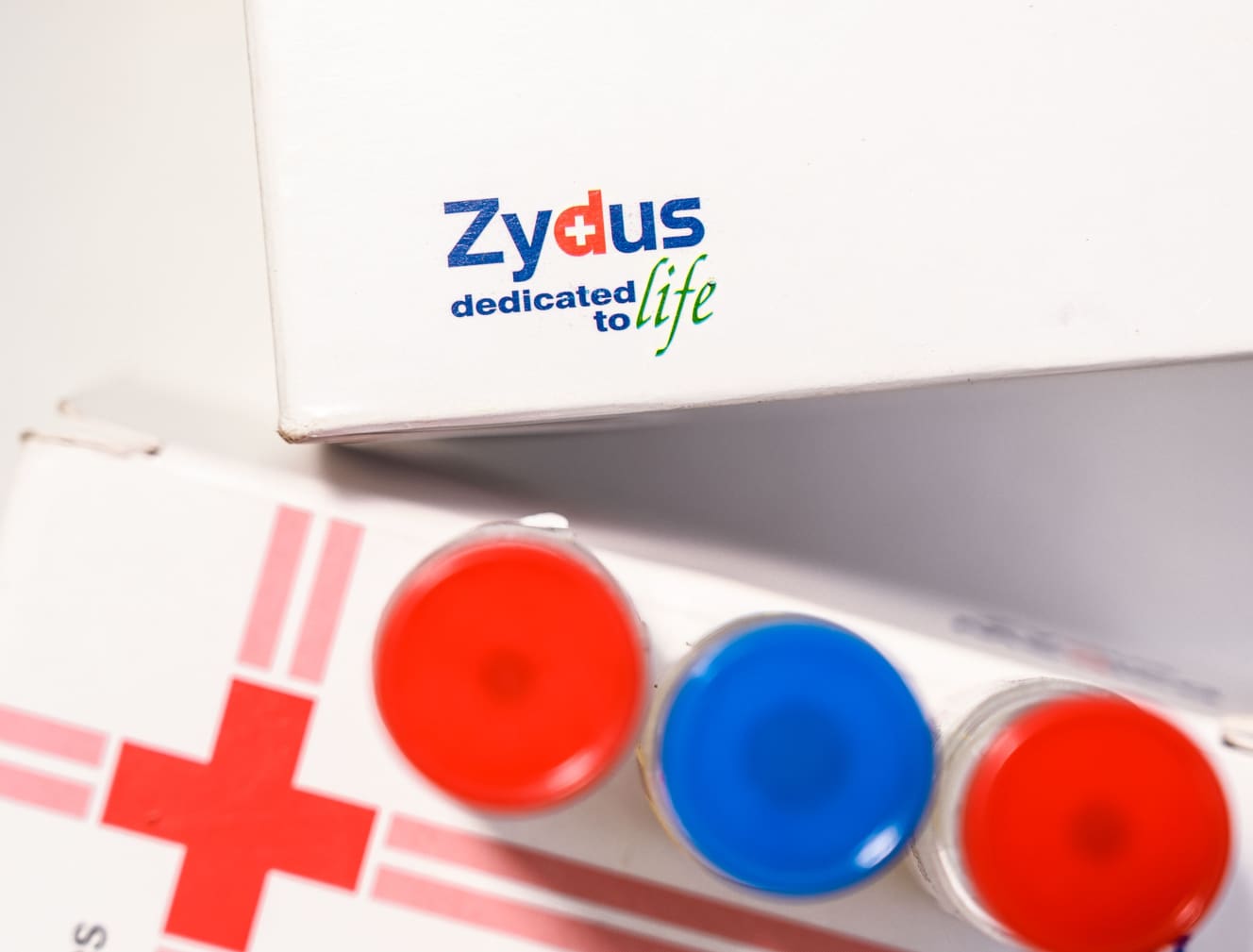
Have Indians changed their approach to hygiene and measures against new coronas?
Speaking of India, the issue of hygiene has often been discussed in the past, and there were reports pointing out this point during the infection explosion. When I asked him if anything had changed in terms of Indian hygiene since the peak of the outbreak, he said, “India is a multi-ethnic country with a large land area and a significant gap between rich and poor, so it is difficult to say,” and then introduced his experience as follows.
“For example, in shopping malls and restaurants in urban areas, social distance is enforced and masks are a basic rule. For example, in urban shopping malls and restaurants, social distance is encouraged and masks are a must. The rules vary from state to state, but in Bangalore, people are required to wear masks even in cars. I was once fined by the police for carelessly removing my mask.
Especially after Corona, there has been a noticeable increase in the number of hotels, restaurants, and cafes that have been remodeled to have a more airy layout and more outdoor terrace seating. In the service industry, the “With Corona” attitude can be seen in every aspect, such as clearly stating that staff members have been vaccinated.
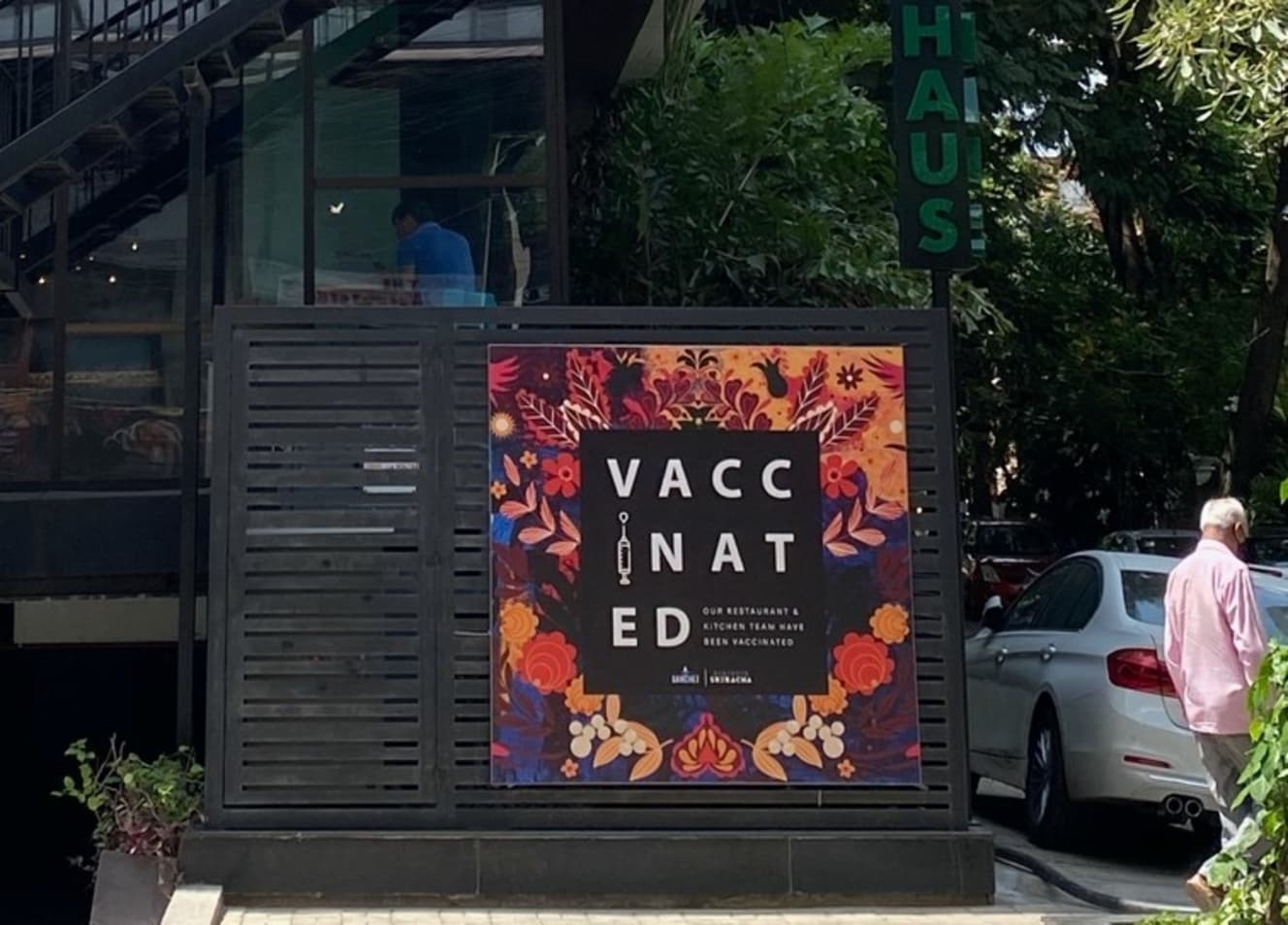
Mr. Sakata says that the swift adoption of With Corona as a new standard reminds him of the aftermath of the November 2008 terrorist attacks in Mumbai. “After the terrorist attacks, security checks such as baggage checks at the entrances of luxury hotels and shopping malls became widespread and common. We are used to seeing them now, but before that, they were not a common sight.
The lockdown of almost all cities in India was lifted in stages as the number of infected people decreased. Although there are still restrictions on the number of people who can attend events such as weddings and lockdowns in areas designated as “containment zones” where there are still many infected people, people can still go out and shop as usual, and travel within the country by air or rail.
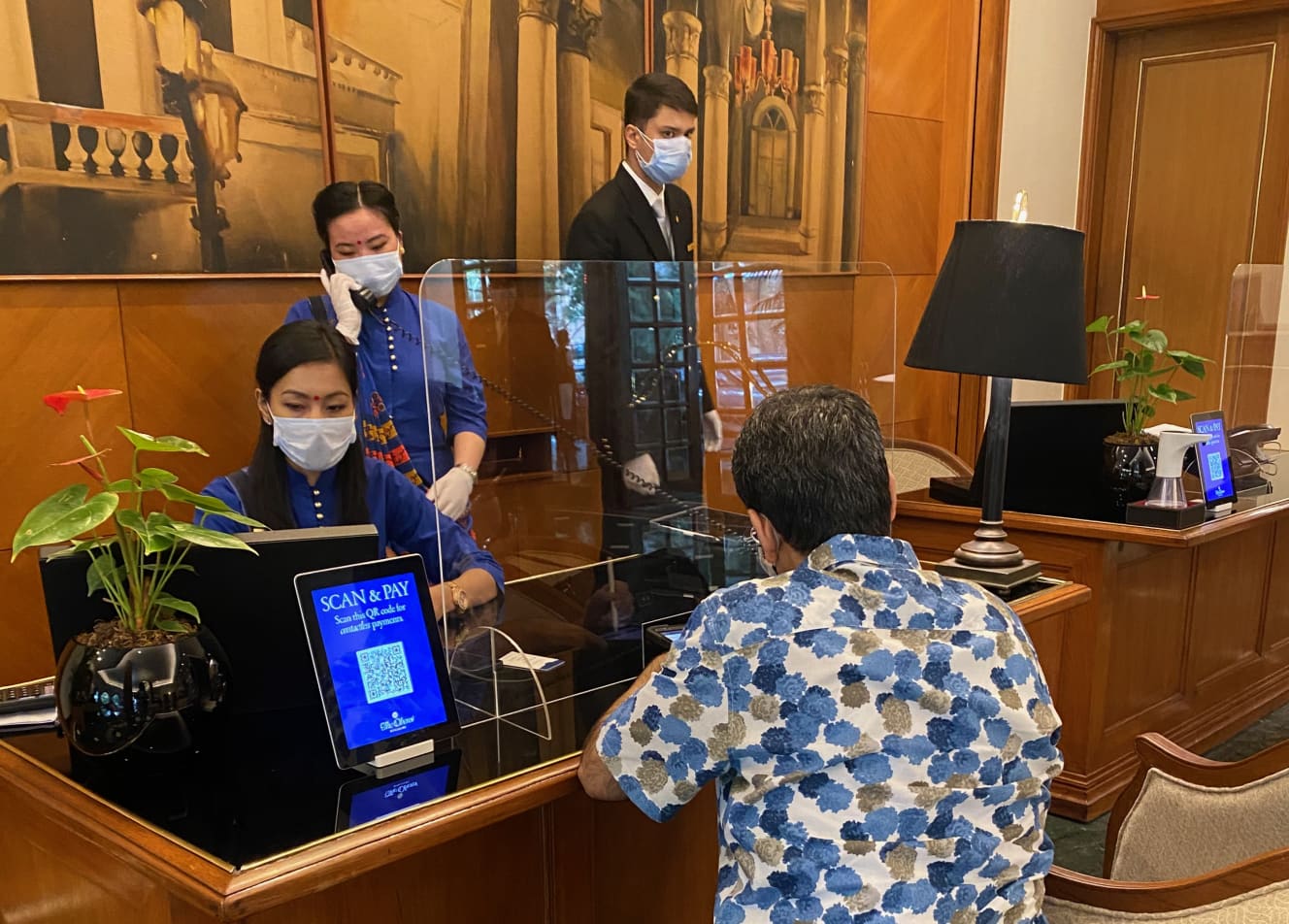
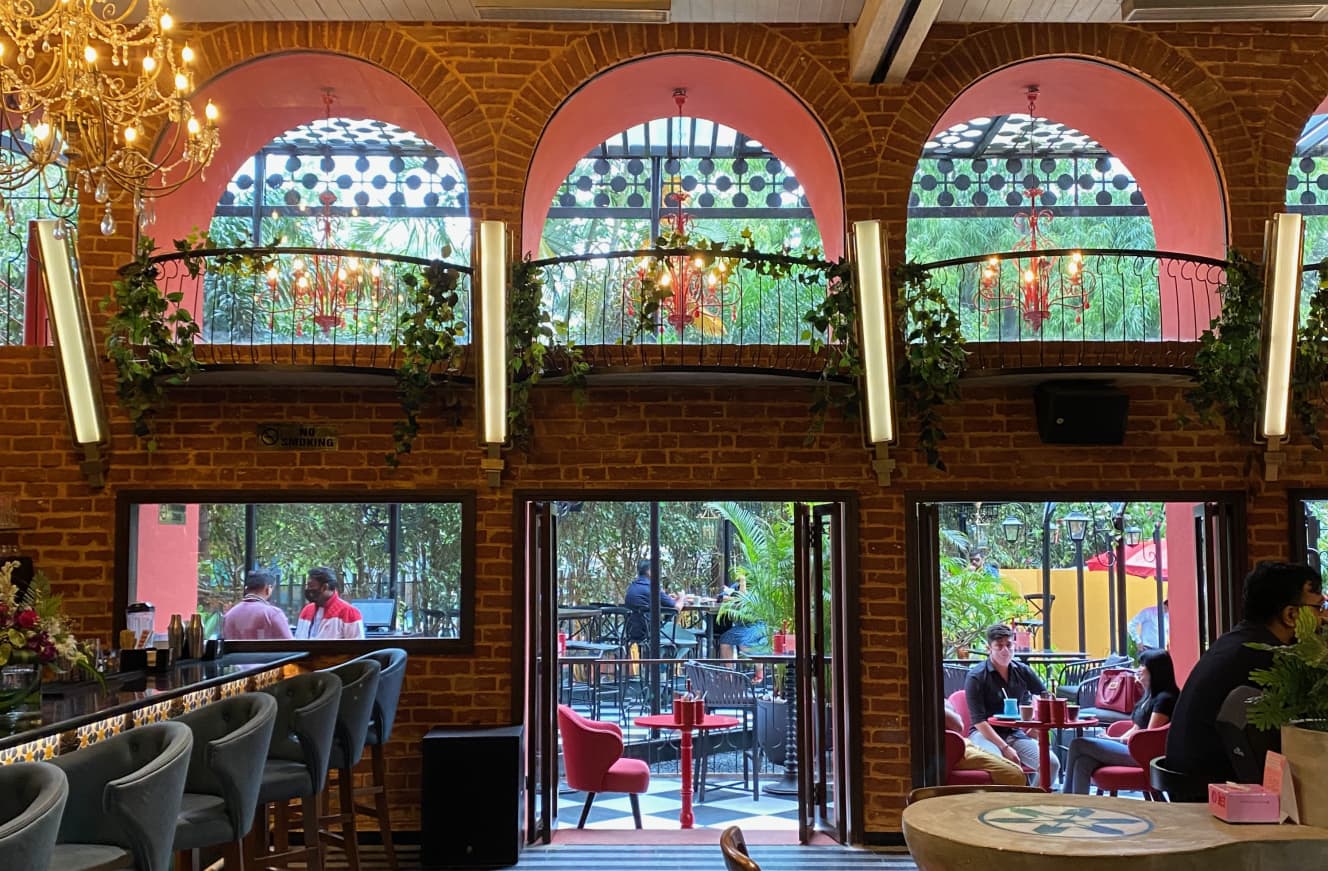
“India’s proactive response to a possible third wave
Medical professionals in India foresaw the arrival of the third wave as early as June, when the second wave was on its way out. The possibility of unvaccinated children becoming infected increased, and materials and videos urging countermeasures were circulated. If the infection situation worsens again in the future, there is a possibility of a lockdown.
“In India today, with coronas or post-coronas in mind, we are seeing a shift from traditional values to the next generation in business, education, and lifestyle.
With nearly half of the population under the age of 25, India is a country where young people can thrive. These days, India is very flexible to change. Online schools are already common. In urban areas, there are many options for food and food delivery, and delivery is quick. It’s a very convenient environment where you can get what you need without having to go out.
In India, both the public and private sectors are taking advantage of the experience of the second wave of infection explosion and are looking ahead to the third wave and beyond. The idea of living with coronas is taking root in India ahead of time.
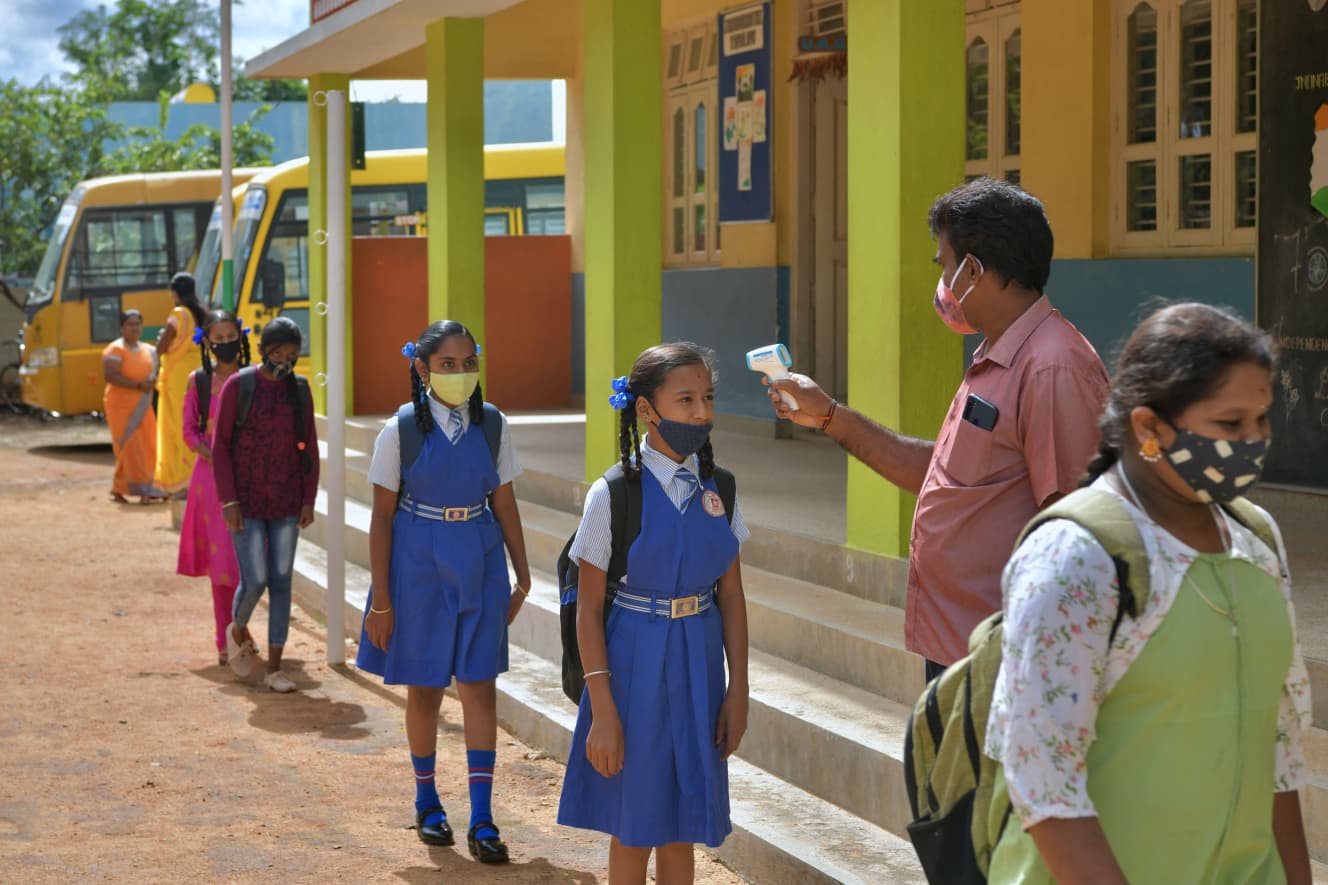
The information and data in this article are current as of September 13, 2021.
For Miho Sakata Maruhan’s website, click here.
Reporting and writing by: Aki Shikama
Travel journalist and photographer. Covers, writes about, and photographs airplanes, airports, and other travel-related topics. Has visited all prefectures in Japan and about 40 countries and regions overseas. Lecturer at Nikon College. Former reporter for a national newspaper.